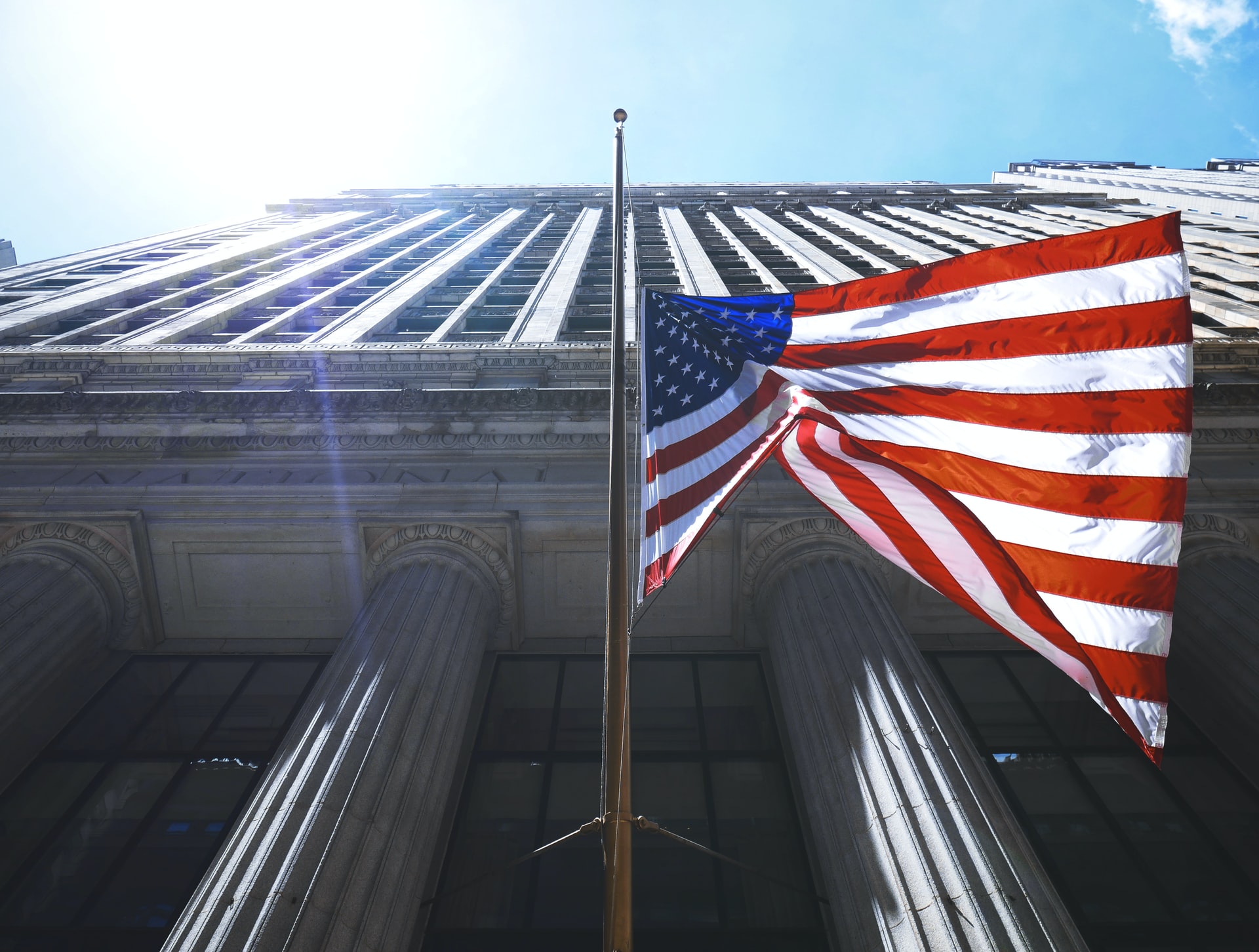What will happen to rates and inflation in the US?

A commentary by Jared Franz, Capital Group Economist analyzing the current situation in which markets are moving, with a focus on the long-term trend for inflation and expectations for interest rates, and the possible implications for the Treasury, the fixed income and equity markets.
The most important question for investors is not how much rates will rise, but rather how long they will stay so high. The answer will depend on the data. The most important indicator, of course, will be inflation. The core U.S. Consumer Price Index (CPI), which excludes volatile components such as food and energy, fell to 4.3% for the year ended Aug. 31, from 4.7% in July. Labor market data has also started to show signs of cooling, with a slowdown in job offers, wage growth and hiring. The Fed Funds rate target range currently stands at 5.25%-5.50%, the highest level in 22 years.
Many investors thought the economy would weaken significantly at this point, but that has not been the case. However, monetary policy operates with a lag. There are signs that consumers have exhausted their savings during the pandemic and are becoming more reliant on credit cards. Historically, this pattern indicates reduced spending, and our analysts have also noted that consumers are looking for more affordable alternatives. However, if things were to quickly escalate, the Fed has a large liquidity pool to stimulate the economy. If the economy were to worsen significantly, we could quickly return to neutral interest rates, which I believe would be around 3.0%-3.5%. This is a major move, if necessary, and the Fed could put it in place without embarrassment and without excuses.
In certain respects, Powell must continue to adopt a somewhat aggressive tone to avoid undoing the work already done by the Fed by tightening financial conditions. If Powell adopts a dovish approach, investors should push down the short-term end of the yield curve and send equity and corporate bond markets soaring. This could lead to a rapid easing of financial conditions, which would risk reigniting inflation.
WHAT IS THE LONG-TERM TREND FOR INFLATION?
In the short term, however, it appears that inflation will continue to decline from its current high levels. In the longer term, the decades-long trend of disinflation appears to have come to an end as several long-term structural factors evolve. Disinflationary pressures generated by excess savings on a global scale over the past 40 years are being exhausted by demographic changes such as reduced life expectancy. Rising corporate tax rates and populist labor legislation, such as rising minimum wages, are slowing the decline in the labor component of the economy. Globalization has reached a phase of political and physical stabilization. This could put upward pressure on yields.
The Fed may feel comfortable with inflation hovering above its 2% target, but it will depend on other factors at work in the economy. If growth falters and unemployment begins to rise, the Fed could allow inflation to exceed its official target and still ease monetary policy to support the economy.
While it has not ruled out further rate hikes, the ECB enjoys less flexibility than other major central banks. With Germany at risk of recession, the central bank could face a scenario in which inflation remains high and growth stalls.
WHAT SHOULD WE EXPECT FOR INTEREST RATES?
Over the next year, US Treasury yields could begin to decline as inflation slows, especially at the short end of the yield curve. Short-term rates could move downwards even before the actual cuts by the Fed. If medium-long term rates continue to come close to current levels in the face of the reduction in short-term rates, with the reference Treasury yield at 10 year and 30 year oscillating between 3-4%, the inverted yield curve should give way to a sloping curve.
Overall, this environment can be positive for fixed income. Historically, fixed income has performed well at the end of hike cycles and when the Fed takes breaks. Bond yields have typically remained stable during these transitions, and investors have enjoyed the benefits of higher interest rates. Furthermore, if the economy were to fall into a recession and the Fed was forced to make cuts, that's when portfolios should actually benefit from fixed income due to capital appreciation from falling interest rates.
On the stock market front, further guidance regarding monetary policy could help boost investor sentiment. Year-to-date equity gains have largely been attributable to multiple expansion. Markets have held up well despite rising rates: labor markets have remained strong and consumer demand has been resilient and in most cases American companies have generated profits. However, the market gains were driven by a select group of stocks. Market breadth could improve as Fed policy becomes clearer to investors next year.
This is a machine translation from Italian language of a post published on Start Magazine at the URL https://www.startmag.it/economia/cosa-succedera-a-tassi-e-inflazione-negli-usa/ on Sun, 22 Oct 2023 05:30:46 +0000.
